cherry tree diseases black knot
Black Knot is one of the most common diseases of plum and cherry rare on other Prunus spp in Maine. It is caused by the fungus Apiosporina morbosa and can severely limit the production.

Black Knot Disease Progression Pictures Hubpages
Remove the diseased wood and about 1 inch of clean wood around the knot.

. It is easily recognizable once formed by its rugged irregular dark galls that enwrap. A survey in Alberta revealed a significant and widespread. One of the common cherry tree diseases is Black Knot or Dibotryon morbosum which affects these trees a lot particularly edible ornamental and native types.
Black Knot. Older knots may become infested with a pinkish-white mold that covers the black gall. This genus includes stone fruits such as wild fruit-bearing and ornamental plums and.
Black Knot Disease is the infestation of a fungus technically known as Apiosporina morbosa that is common to plum and cherry trees as well as other fruit trees like apricot and peach. Be sure to remove any infected branches in the winter if black knot returns after August. Black knot fungus Apiosporina morbosa is primarily a.
If the disease is left unchecked it can kill the entire tree. A black knot is a fungus that affects both fruiting and ornamental cherry trees. These knots are scattered throughout the tree and can girdle branches.
Black knot is a disfiguring and potentially lethal disease of trees and shrubs in the genus Prunus. Black Knot Disease of Cherry and Plum Black knot disease occurs on numerous cultivated and wild plums prunes and cherries Prunus spp. The disease is characterized.
The disease is characterized by the. Commonly known for attacking cherry and plum trees black knot is a fungal infection recognizable by distinctive uneven black galls that grow on the branches of infected trees. Black knot caused by the fungus Apiosporina morbosa forms galls on plants in the genus Prunus including plum cherry flowering almond apricot and blackthorn.
Black Knot Tree Disease Info. Black Knot caused by the fungus Apiosporina morbosa is a very common disease of plants in the genus Prunus See Table 1. Black knot is a fungus Apiosporina morbosa that colonizes members of the Prunus or cherry families including plums and apricots and for the past several years it has been.

Black Knot Disease Purdue Landscape Report
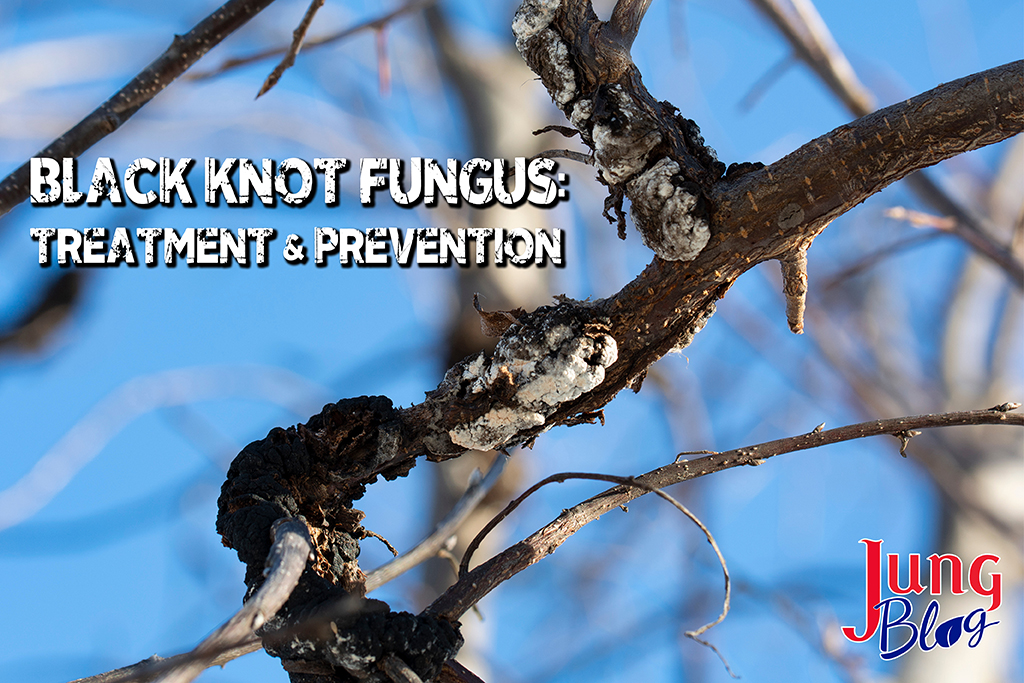
Black Knot Fungus Treatment Prevention Jung Seed S Gardening Blog

Landscape Black Knot Of Prunus Center For Agriculture Food And The Environment At Umass Amherst
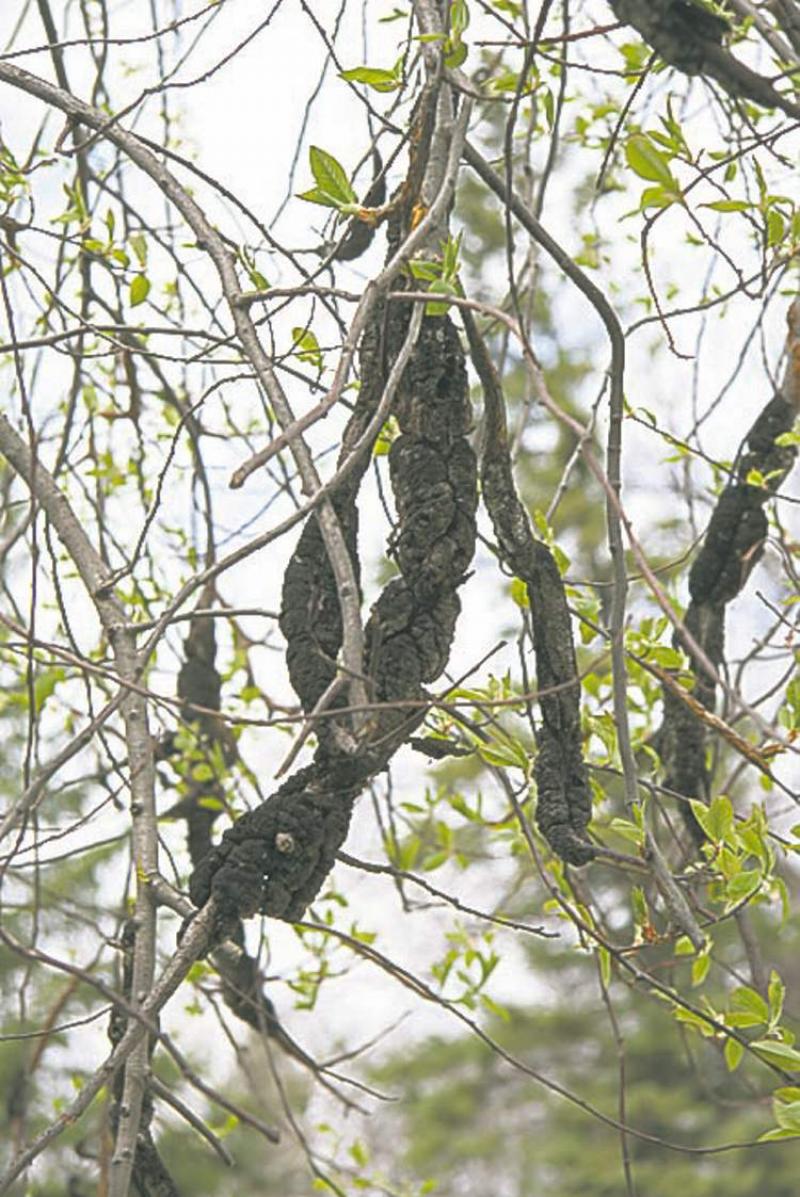
Tree Care How To Deal With Diseased Choke Cherries Winnipeg Free Press Homes
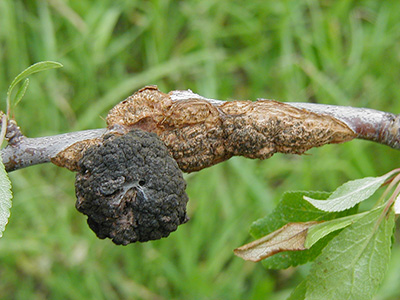
Controlling Black Knot In Michigan Msu Extension

This Will Kill Your Plum Trees How To Get Rid Of Black Knot Fungus Youtube
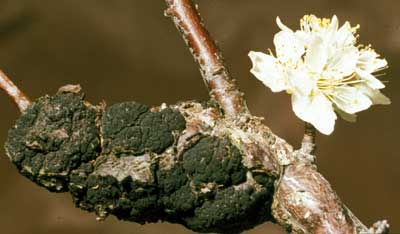
Pop Tips Black Knot On Cherry And Plum Trees Philadelphia Orchard Project

Black Knot Fungus Preventing Fungal Galls Epic Gardening
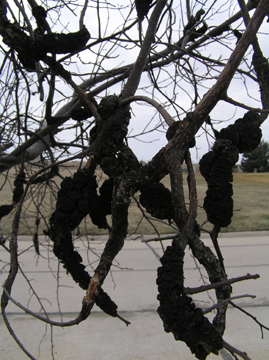
Black Knot Backyard Farmer Nebraska

What Is Black Knot Disease About Black Knot Fungus Safari Tree
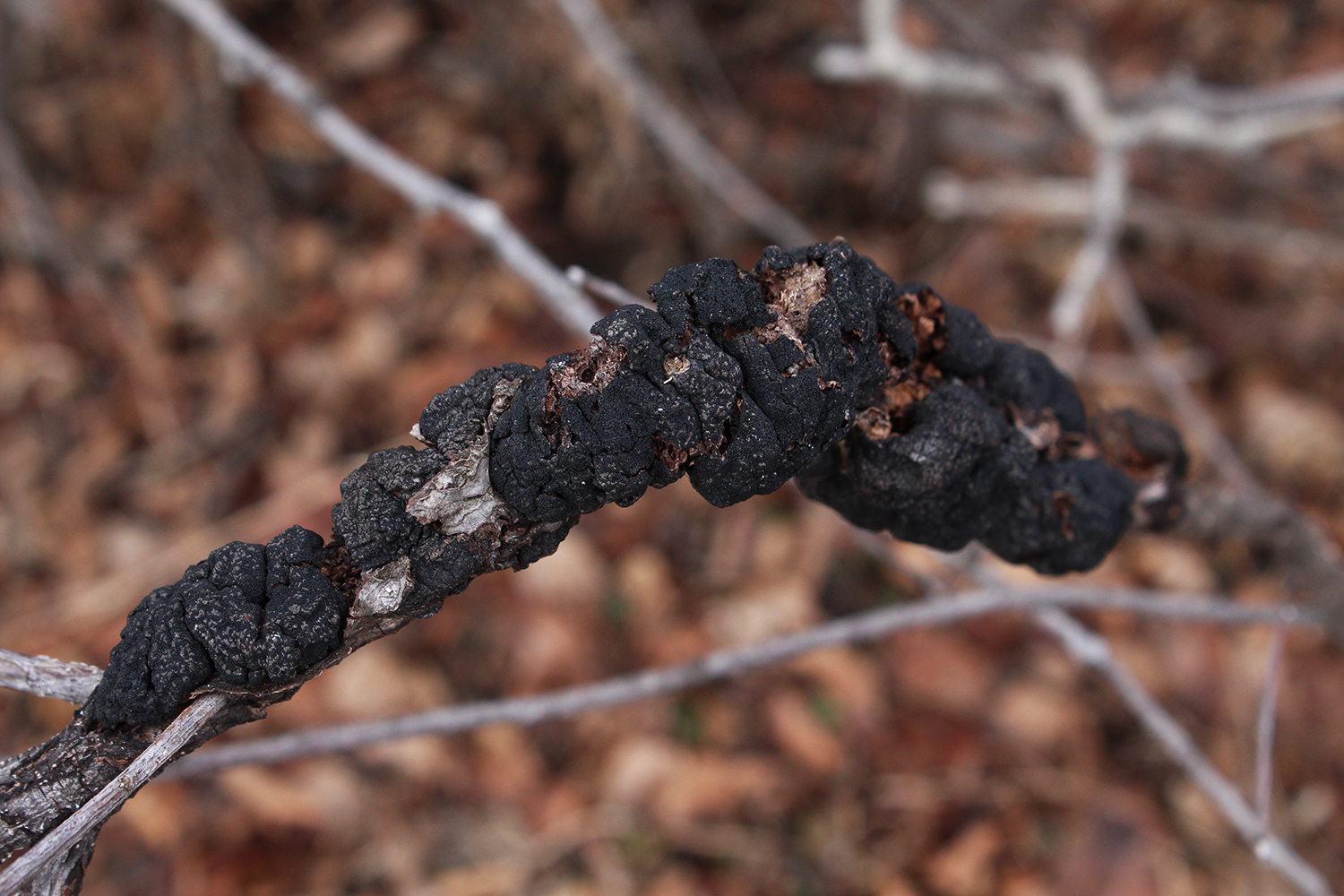
Black Knot Disease Rural Dreams
/ScreenShot2019-12-27at4.06.35PM-3b438abb96ec4e5281930f7b4e4adfbe.png)
How To Identify Treat And Prevent Black Knot
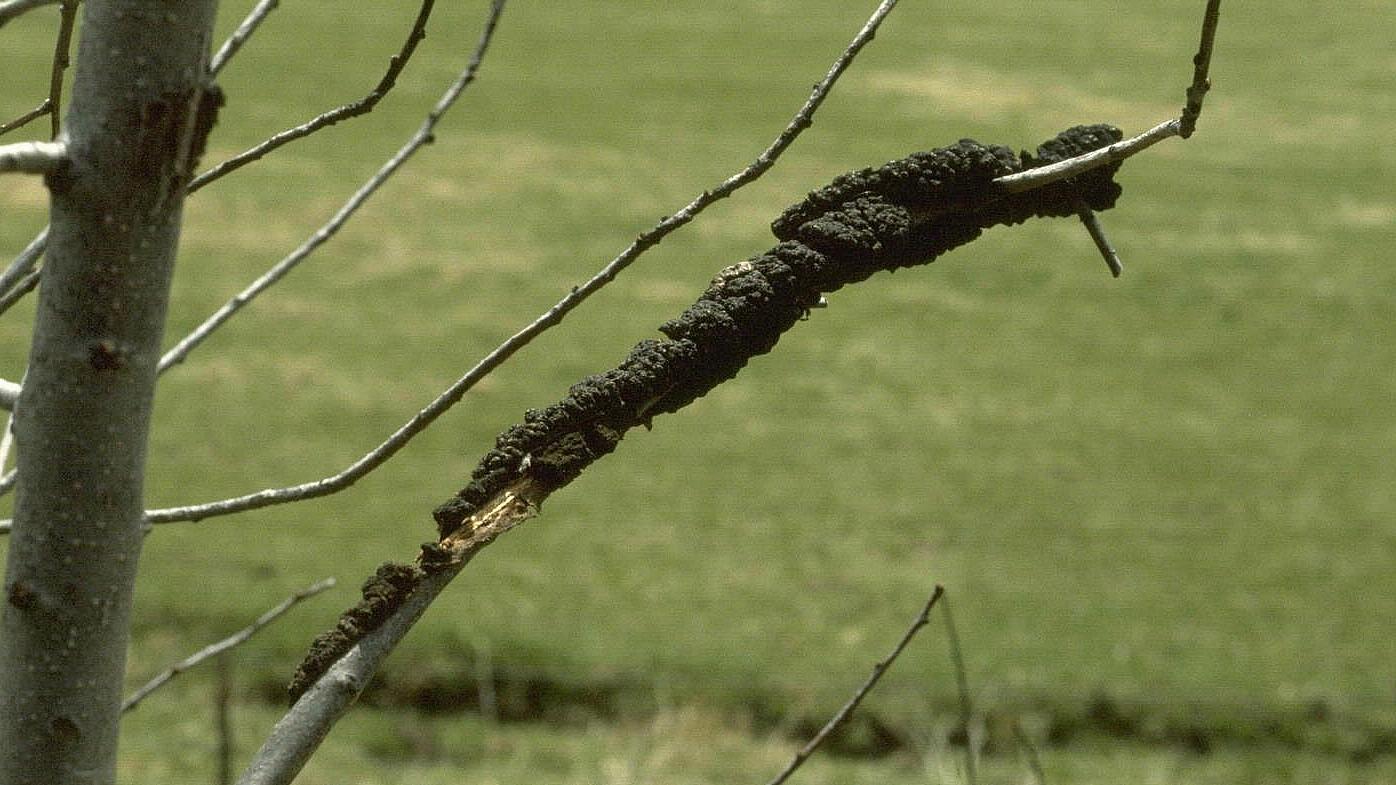
Black Knot Disease On Trees University Of Maryland Extension
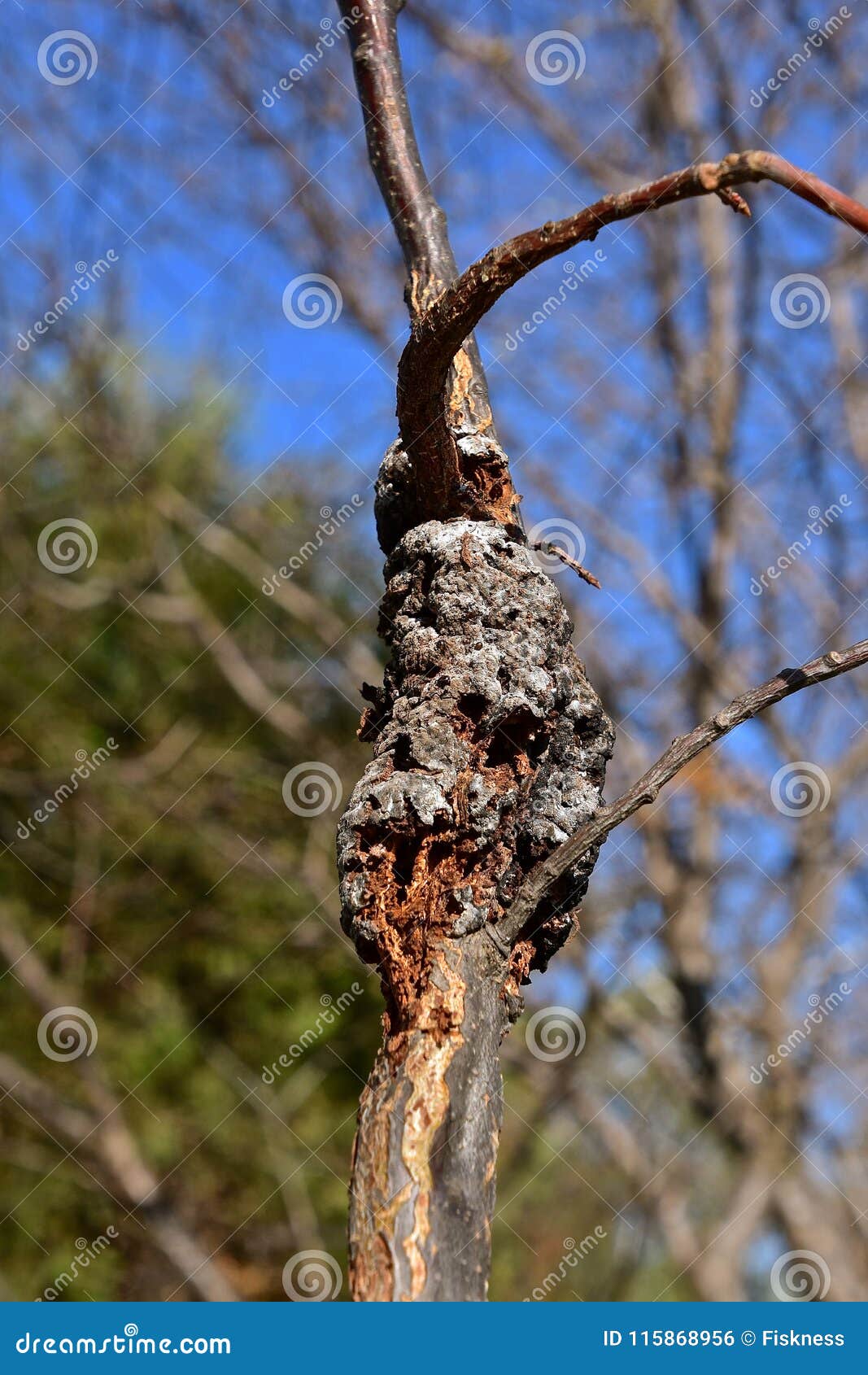
Cherry Tree With Black Knot Disease Stock Photo Image Of Illness Canada 115868956

Black Knot Of Plums And Cherries Ohioline
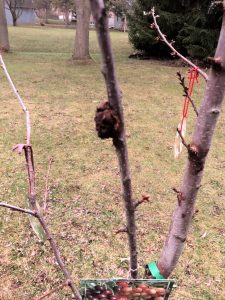
Cherry Tree Black Knot Toronto Master Gardeners

What S Ailing My Cherry Tree Nashville Tree Conservation Corps
